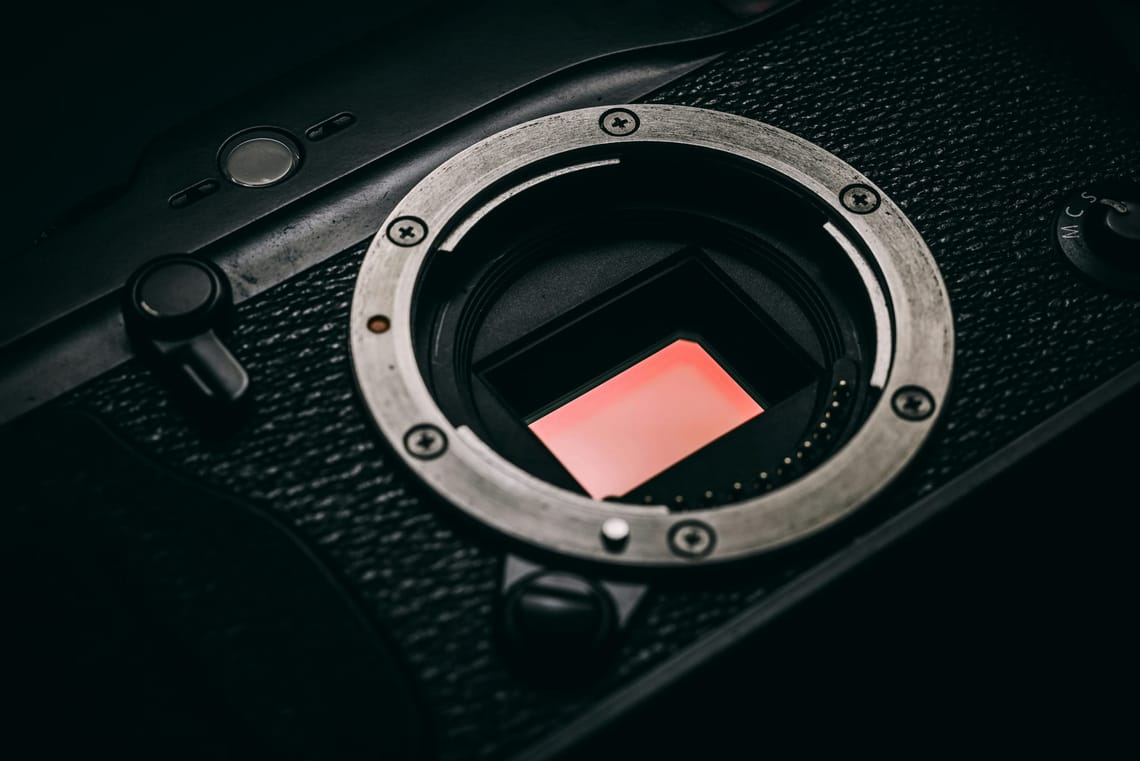
Grasping Dynamic Range of Cameras
Different cameras have the capability to capture a variety of details between the darkest and brightest areas of a scene. Cameras equipped to handle a broad spectrum of tones while preserving detail are recognized for their high dynamic range. On the other hand, cameras limited to capturing a slender spectrum of tones are described as having a low dynamic range. This attribute is crucial for photographing scenes with stark contrasts, as it affects the camera’s ability to retain details in both shadowed and brightly lit areas without losing information, known as clipping.
The human eye can perceive a wide spectrum of tones, from deep black to pure white. In situations of high contrast, a camera with a restricted dynamic range will document fewer of these tones. One strategy is to adjust the camera settings to prioritize shadow detail, resulting in overexposed highlights, or conversely, to capture the highlight details at the expense of shadow detail. The human eye’s capacity to distinguish between levels of brightness surpasses any camera. The brightness range that high dynamic range cameras, such as DSLRs or mirrorless cameras, can capture falls short of the human eye’s capability.
Cameras with a low dynamic range, typically digital compact cameras, have the narrowest ability to capture brightness due to their smaller sensors compared to professional DSLRs or mirrorless cameras. The dynamic range of a camera decreases with the size of its sensor. Compact cameras with their smaller sensors often struggle with capturing an ideal balance between shadows and highlights. Conversely, cameras with larger sensors, including DSLRs, some mirrorless models, and digital medium format cameras, are more adept at maintaining details across both shadows and highlights.
Capturing the complete tonal range in a high-contrast scene can be challenging. Opting for subjects that thrive under high contrast can enhance their definition. For subjects requiring a gentler approach, reducing contrast and tonal range with fill lighting, such as a flash to brighten shadows, may be more effective. Outdoor photography benefits from waiting for cloud cover to naturally soften the sunlight and reduce contrast.
Achieving a full tonal range in a scene can be accomplished by capturing multiple exposures bracketed across different values. These images can then be merged, either directly in-camera or during post-processing, to create high dynamic range (HDR) photographs. The initial exposure targets highlight detail preservation, while the subsequent exposure focuses on capturing shadow detail. HDR compositions bring together the detailed tonal ranges from both the highlight and shadow exposures.
Scenes with low contrast might benefit from a contrast boost. This can be achieved by adjusting the camera’s settings to increase image contrast before shooting or through post-processing. Try squinting to assess a scene’s contrast. If details in the shadows become indiscernible while squinting, it suggests the scene has high contrast, providing a simple yet effective way to gauge potential contrast issues.




